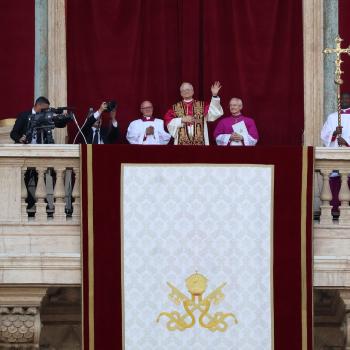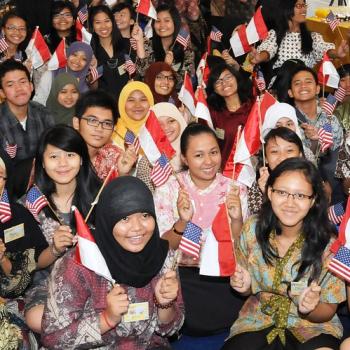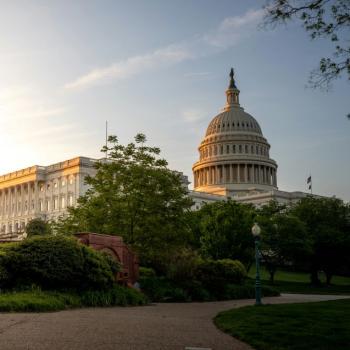 By James Hitchcock
By James Hitchcock
As pope, it has fallen to Benedict XVI to preside over the Church at a time of great scandal -- reports of old sexual abuses perpetrated by priests continually coming to light, with no apparent end in sight. Besides the sufferings inflicted on the victims, the Church has suffered severe loss of moral credibility.
But at the same the Church's fundamental health should not be underestimated. The sexual scandals themselves are in large part a legacy of an earlier, disordered time.
When John Paul II became pope in 1978, the Catholic Church was in considerable disarray in the aftermath of the Second Vatican Council of 1962-5. It was characteristic of his papacy to condemn when he thought necessary, sometimes imposing discipline, but always for the sake of what he considered a higher liberating truth.
Perhaps his most important achievement was his theology of human sexuality -- the "Theology of the Body" -- where he directly confronted those aspects of Catholic doctrine that were the most highly contested, exalting the love of husband and wife that culminates in the act of procreation, which is a sharing in God's own creative act.
John Paul had considerable success in overcoming the post-conciliar confusion, and no one contributed more to that process than Josef Ratzinger, now Pope Benedict XVI, as head of the Congregation for the Doctrine of the Faith, the Vatican office charged with protecting the integrity of doctrine. Ratzinger's election as pope in 2005 was an unambiguous decision by the cardinals to continue on the path of renewal laid out by John Paul -- the greatest philosopher ever to serve as pope followed by the greatest theologian ever to do so.
Throughout John Paul's pontificate, Ratzinger addressed the fundamental issues raised by the Council, insisting on the essential continuity between the "pre-conciliar" and "post-conciliar" Church, suggesting, somewhat daringly, that the Council had been excessively optimistic about the state of the world.
While acknowledging the achievements of the historical-critical method, Ratzinger insisted that scripture discloses its full meaning only within the community of the Church and advocated a recovery of the exegesis of the early Fathers.
Although originally supportive, he became one of the most trenchant critics of liturgical change, arguing that the process ignored the way in which the ritual life of the Church is deeply rooted in the mystical community and therefore cannot be changed by sudden fiat. Perhaps most significant was his expressed belief that the priest at Mass should face ad orientem -- at head of the congregation facing toward God -- rather than facing the people.
With regard to Liberation Theology, Ratzinger and John Paul defined the Christian meaning of liberation as including the reform of social structures, but above all as liberation from the bondage of sin, which is rooted in human nature and is the ultimate cause of social injustice. The Catechism of the Catholic Church, which was developed under Ratzinger's supervision, became a major instrument for clarifying doctrinal confusion and making authentic Catholic teaching readily accessible.
The quality of many seminaries improved considerably under John Paul, with seminarians almost everywhere described as more traditional than their predecessors. The religious communities that attract the most members, like the Missionaries of Charity, also tend to have a traditional understanding of their mission.
Lay people also now play important roles in almost every aspect of church life, including the liturgy, the social apostolate, and the intellectual life. Through diocesan and parish councils they exercise various responsibilities, and most of these councils show a spirit of harmony between clergy and laity. John Paul strongly encouraged what he called "the movements" -- predominantly lay organizations that in a sense exist parallel to the hierarchical structure of the Church, welling up from below and promising spiritual and apostolic renewal -- Opus Dei, Focolari, Communione e Liberazione, and the Neocatechumenate. In the United States, the pro-life movement is the single most effective lay apostolate of the post-Vatican II period, working with the bishops but independent of their authority, officially ecumenical and even non-sectarian. Both Eucharistic piety and Marian piety have also experienced major revivals within the lay communities in the past ten years.




